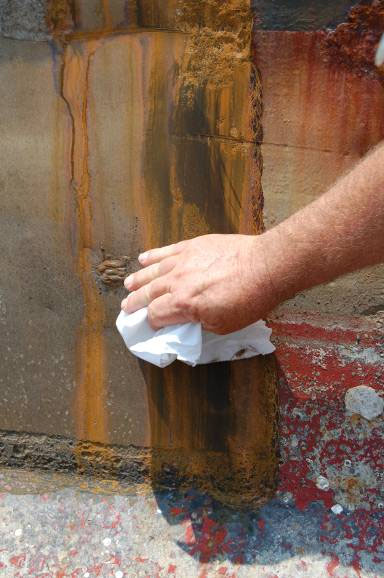Time was when I used cedar planks to repair my Great Aunt’s fence which was in a constant state of being ravaged by dogs trying to get in to her garden, rabbits trying to keep from being eaten by the dogs, and newsboys trying to retrieve papers that missed the porch. My Aunt refused to pay for papers not delivered within ten feet of her door.
Cedar planks were the preferred roof on the potting shed which was under constant attack by assorted woodpeckers as well as the runners along the bottom of the chicken house. There were the cedar planks on the seat of the swing in the side yard. They had a nasty habit of leaving sharp splinters in the bottoms of unwary visitors.
Nowadays, cedar planks are stacked in neat packages in my laundry room and are used whenever I cook a slab of fresh salmon. Saturday, at noon, I removed one from its pristine envelope of plastic and savoured the strong woody aroma. Planks must be soaked for a minimum of four hours in order to develop the proper amount of aromatic steam that will penetrate the skin of a slab of salmon. I have a turkey roasting pan for this purpose. In order to sink the plank beneath the surface, I filled a chipped coffee cup with water and used it as a weight in order to sink the wood beneath the surface.
But just before I started the emertion process, in an sudden, ill-advised attack of zeal, I brushed off the surface in case there was excess dust. Twenty minutes later, wielding a pair of tweezers, I had just about managed to pull out the last of the splinters from my fingers where I had brushed the surface. I never learn. Something else to keep in mind. Don’t use cedar shingles to cook on. My friend’s cousing did that, and she still has a funny lisp. I think it was the wood preservative.
I’m happy to report that the slab of salmon fit the board. I think maybe they grow salmon just for this purpose. Time was when the salmon I bought hung over the edge or was so different in thickness that one end would be raw while the other end was burned. The salmon now offered look suspiciously like they may be cast from parts, specifically designed to fit the all-important cedar plank that will give them that special flavor. Come to think of it, why is cedar flavored salmon so good anyway. I don’t remember using cedar in an oven, and cedar makes lousy coals if you’re grilling over wood. The old, dried up smoky spice tasted and smelled too much like old railroad ties to use on fish…and we all know what gets dumped on rail ties at the center of the tracks.
This slab of fish turned out well, as I have come to expect. I treat the fish with lemon juice to remove the amines (the fishy smell) and plaster the flesh with a thick layer of Cajun spices that include a healthy amount of cayenne pepper. I stick this in place using olive oil that I rub into th fillet with the spices. Thirty minutes under a covered charcoal grill does the job. Do not go thirty five minutes unless you want to eat a flaming plank with black bits of fish. Don’t use a gas grill. The smell and moisture of the charcoal is what you need. Some people like to remove the fish from the plank, but I like to serve it directly off of the wood. There are at least two important reasons for doing this. One is that you have one less dish to wash. The other is that the small amount of wood that comes off under the skin will remind your guests not to eat the skin which is just not suitable etiquette for eating salmon at our table.












August 8, 2010
Feature